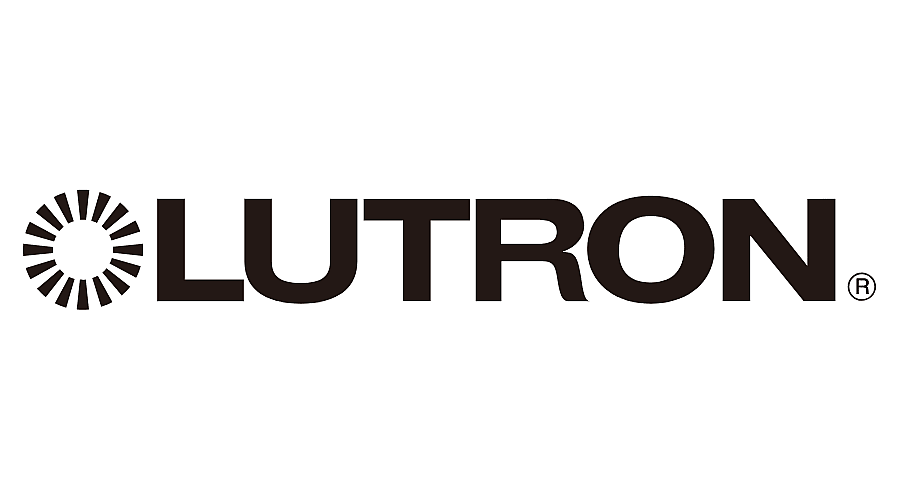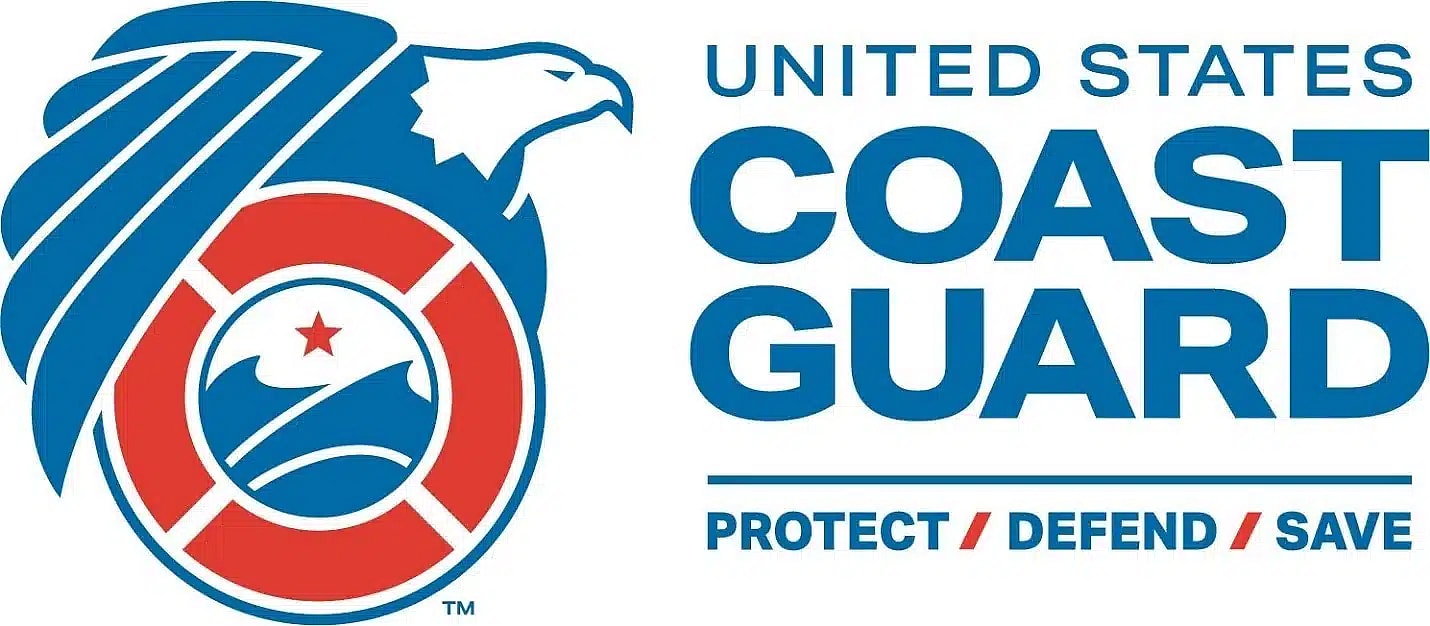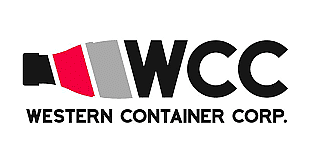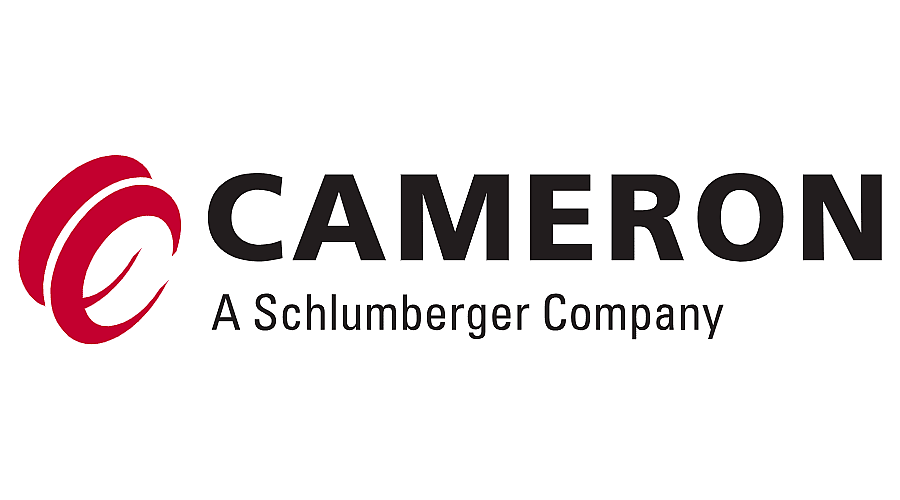The Two Types of Cathodic Protection Systems
Cathodic protection is a specialty system designed to keep corrosion at bay. It is a process that prevents corrosion from forming on metal surfaces, even in very corrosive environments. It is the most effective form of corrosion protection for many industries. Check out this breakdown of the two types of cathodic protection systems to discover the differences and similarities between each.
What is a cathodic protection system?
Cathodic protection helps stop corrosion by creating an electrochemical cell. This circuit works a lot like a very large battery, where some metal (or structure) corrodes while another metal does not (the cathode does not corrode). The fact that the cathode does not corrode in these electrical cells is why it’s called cathodic protection. The goal is to make a structure that you want to protect the cathode. This can be done in a couple of ways; each one makes sure that some other structure that you don’t care about is corroding in the cell.
Galvanic cathodic protection systems
A galvanic cathodic protection system works by utilizing sacrificial anodes. Galvanic corrosion is achieved through an electrical-chemical process that links multiple metals electrically. Its utilization of sacrificial anodes protects the metal structures from galvanic corrosion. The sacrificial anode is a metal anode that is intentionally electrically linked to the structure due to it being more reactive to the corrosive environment than the actual metal. This works to protect the metal structure by allowing the sacrificial anode to become corroded rather than the structure. These sacrificial anodes must be replaced once they are corroded, but this process is long-lasting and successful at protecting structures from corrosion. Typical anode materials are aluminum, zinc, and magnesium.
A galvanic system’s lifespan depends on the design requirements, the number and weight of anodes used, and customer needs. These systems can routinely function up to 20 years, depending on the local soil types. Galvanic systems are generally suited for lower resistivity soils and submerged applications.
Impressed current cathodic protection systems
The second type of system is called an impressed current cathodic protection system, and this type of system is typically used when galvanic systems are not sufficient to prevent corrosion. Impressed current systems protect metal structures even in the most extreme corrosive environments. In an impressed current system, there is an active DC power source, which allows more current to flow to the metal structure. In a way, this provides a constant stream of protection from corrosion. It is one of the most effective corrosion prevention methods and is exceptionally long-lasting.
Impressed current systems utilize a rectifier that forces current out of a buried or submerged anode. Driving voltages for these systems are adjustable, depending on the local soils and the life remaining in the anode. The required current output can vary significantly with the installation, with some installations such as uncoated seawall pilings requiring hundreds of amps. Impressed systems are best suited for high-resistivity soils and high-current requirement systems.
Typical impressed current anodes include mixed metal oxide (MMO), cast iron, steel, graphite, or existing scrap metal. These systems’ life can last up to 40 to 50 years, with a typical design life of 25-30. Once the end of life is reached, a new anode will need to be installed, and the system can be returned to use.
Overapplication of current from these systems can result in issues with your structure. These issues can include hydrogen embrittlement and coating disbondment. Ensure the system is routinely checked by a licensed engineer to ensure your structure is correctly protected.
Which system do you need?
The system that is recommended by a professional engineer depends greatly on the requirements and specifications of the project. If you don’t know what to use or where to start, the first step is finding a licensed engineer to help you decide between cathodic protection systems. Each system has its best-use scenario, and the earlier you get a cathodic protection specialist involved, the earlier and less expensive the system will be. The engineer must review all grounding plans, soil resistivity, and pipeline electrical isolation plans in order to size and design your system properly.
Both systems function most efficiently on coated structures, where a coating can be utilized.
Contact Dreiym Engineering or all of your cathodic protection needs. Our professional engineers can complete a cp survey to help you determine the best course of action to prevent corrosion on your metal structure. We employ a team of licensed engineers that will work with you to come up with a plan that best protects your structures from the harmful effects of corrosion.












































